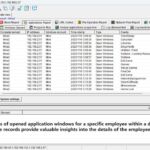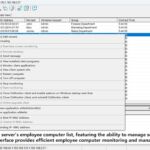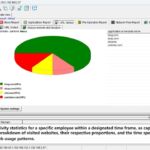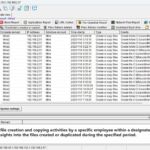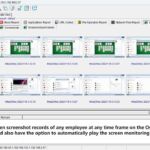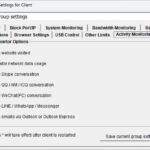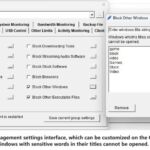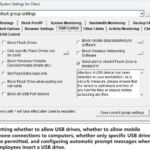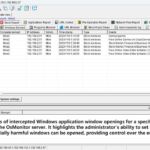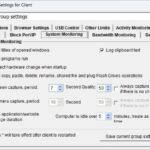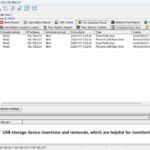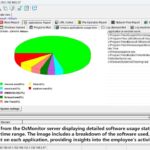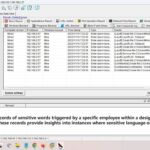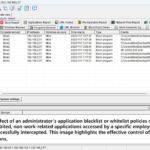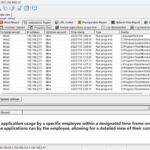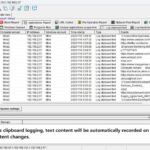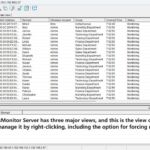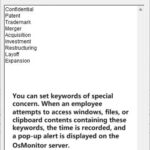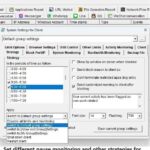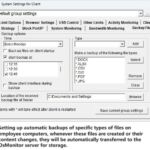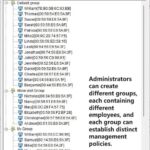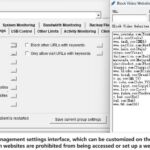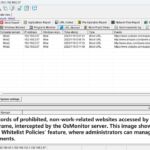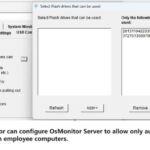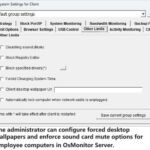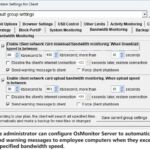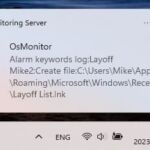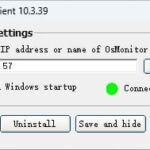In screen monitoring software, hash algorithms are often used for rapid comparison and detection of changes in screen content, enabling immediate capture of screen snapshots or video frame modifications. In this context, the performance optimization of hash algorithms becomes particularly crucial, as it directly impacts the real-time responsiveness and efficiency of monitoring software. Here are some suggestions on how to perform performance analysis and optimization of hash algorithms in screen monitoring software:
- Choose an Appropriate Hash Function: Selecting a hash function that suits the data type and distribution is crucial. A good hash function should evenly map data into the hash table, minimizing collisions and thus improving performance.
- Adjust Hash Table Size: The size of the hash table directly affects the probability of hash collisions. If the table is too small, it increases collisions; if too large, memory is wasted. Choose an appropriate hash table size based on data volume and distribution.
- Resolve Hash Collisions: Even with a good hash function, collisions are inevitable. Common collision resolution methods include chaining and open addressing. Select a suitable collision resolution strategy and data access method after resolving collisions, based on the specific situation.
- Hash-Based Data Storage: In screen monitoring software, there might be a need to store numerous screen snapshots, log data, etc. Storing such data using hashing can reduce time complexity for data retrieval and enhance read/write performance.
- Batch Processing: For inserting or looking up large volumes of data, consider batch processing to reduce frequent hash operations. For example, bundle multiple operations into a batch and process them collectively to minimize collision chances.
- Cache Optimization: Consider using caches to store frequently accessed data, reducing the number of hash operations. Properly set cache size and replacement policies to effectively utilize caching for performance improvement.
- Periodic Rehashing: Over time, data distribution might change, leading to increased hash collisions. Periodic rehashing can readjust hash table size and hash functions to accommodate the new data distribution and maintain performance.
- Performance Testing and Analysis: Utilize performance testing tools to evaluate the performance of different hash algorithms and optimization strategies. Adjust and optimize based on test results for continuous software performance improvement.
- Parallel and Asynchronous Processing: On multi-core processors, consider utilizing parallel and asynchronous processing techniques to distribute hash operations among multiple threads or processes, thereby enhancing processing efficiency.
- Avoid Over-Hashing: Avoid excessive use of hash operations. In some cases, simple linear searching might be more efficient than hash operations. Balance the cost and benefits of using hashing based on data volume and operation frequency.
In conclusion, analyzing and optimizing the performance of hash algorithms in screen monitoring software requires considering various factors such as data characteristics, operation types, and hardware environment. By selecting suitable hash functions, adopting appropriate collision resolution strategies, and designing data structures sensibly, software performance can be effectively enhanced.
About OsMonitor:
The mission of OsMonitor is to create a Windows computer system tailored for work purposes, effectively regulating employee computer behavior. It enables employers to understand what employees are doing each day, monitoring every action, including screen activity and internet usage. Additionally, it restricts employees from engaging in specific activities such as online shopping, gaming, and the use of USB drives.
OsMonitor, designed purely as software, is remarkably user-friendly and requires no additional hardware modifications. A single management machine can oversee all employee computers. As a leading brand in employee computer monitoring software with over a decade of successful operation, OsMonitor has rapidly captured the global market with its minimal file size and excellent cost-effectiveness compared to similar software. At this moment, thousands of business computers worldwide are running OsMonitor daily.




